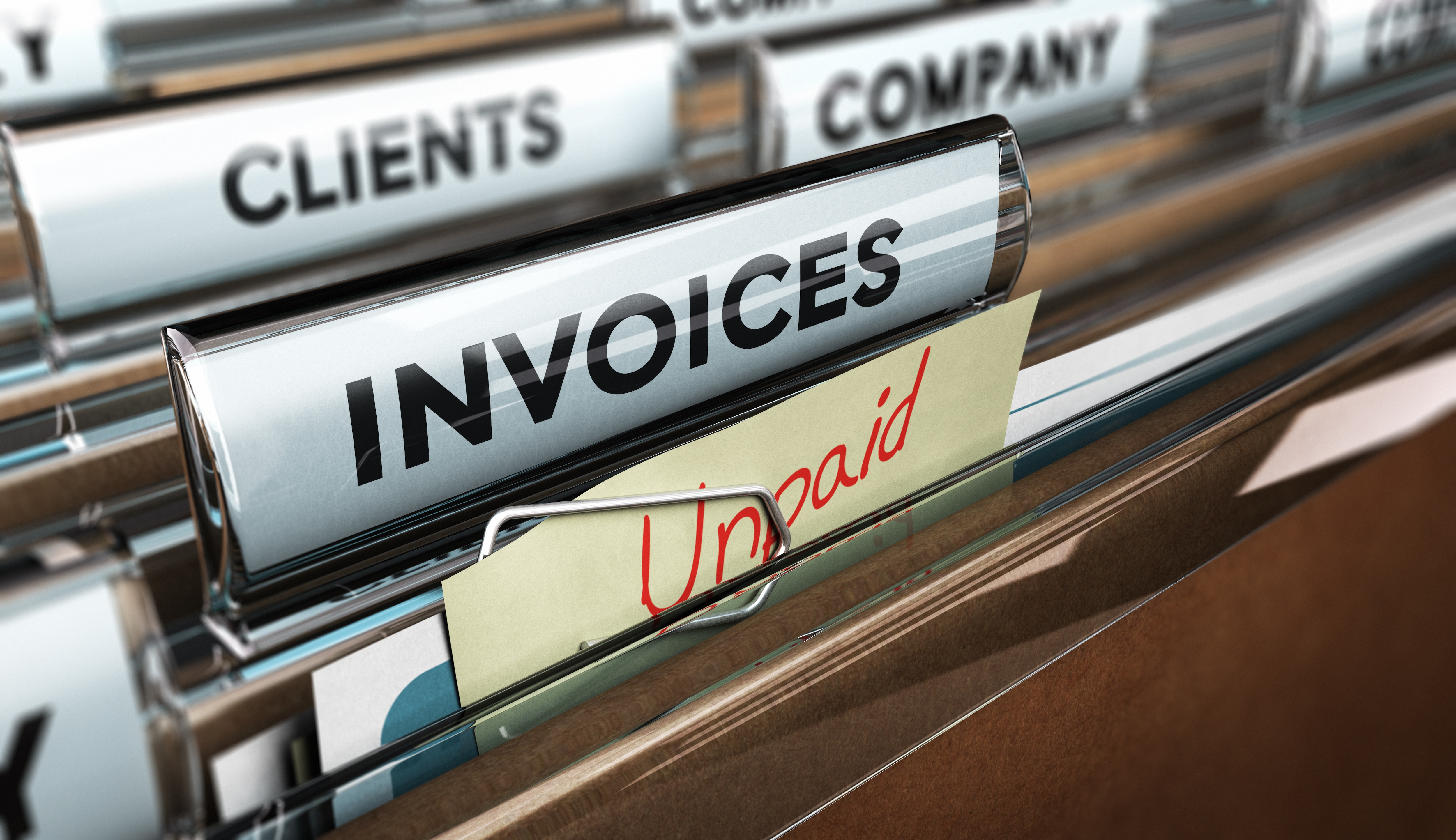Contact the Labour Board or Court
If the above strategies are not working out, and it looks like your client is unwilling to settle their outstanding invoices. It could be time to reach out to the Ministry of Labour in your province. Such authorities can help resolve disputes and ensure you receive the compensation owed to you.
The Small Claims Court is also an option, as this branch of the Superior Court of Justice handles cases for the payment of money owed. Depending on your province of residents, the court limits the monetary value that can be claimed. In Ontario, it's $35,000, in Newfoundland and Labrador it's $25,000. To use these courts, make sure your claim doesn't exceed the maximum amount, as they won't recoup losses higher than the stated numerical value.


